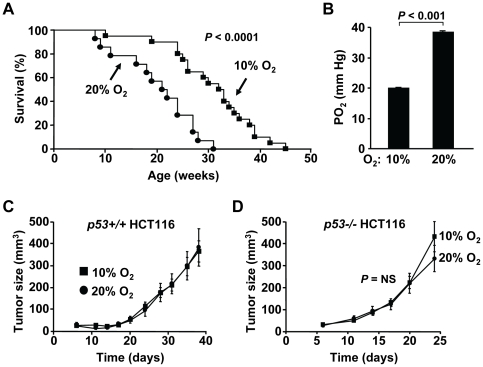Figure 1. Ambient oxygen promotes tumorigenesis in p53−/− mice.
A. p53−/− mice show increased median tumor-free survival time in 10% compared to 21% ambient oxygen by Kaplan-Meier survival analysis. After weaning in 21% oxygen (normoxia, room air), the p53−/− mice either remained in normoxia or were transferred to standard-sized mouse cages in a large 10% oxygen (hypoxia) chamber. Tumor-free survival period was defined as time to death with tumor diagnosis at necropsy or to an external tumor exceeding 2 cm in any dimension per institutional animal care and use committee guidelines (10% oxygen, n = 20; 21% oxygen, n = 14). B. Arterial oxygen saturation is proportional to ambient oxygen after acclimation indicating absence of significant supply-demand mismatch (partial pressure of oxygen, PO2). Data are shown as mean ± SEM, with n = 5. C. Decreased ambient oxygen does not inhibit the growth of p53+/+ HCT116 cancer cell as xenografts. 10×106 cells were injected into the contra-lateral hind limbs of athymic nude mice and immediately placed in their respective ambient oxygen conditions. Xenograft tumor growth was monitored over the time as shown (n = 10 each). D. Decreased ambient oxygen does not inhibit the growth of p53−/− HCT116 cancer cell as xenografts (n = 10 each).

